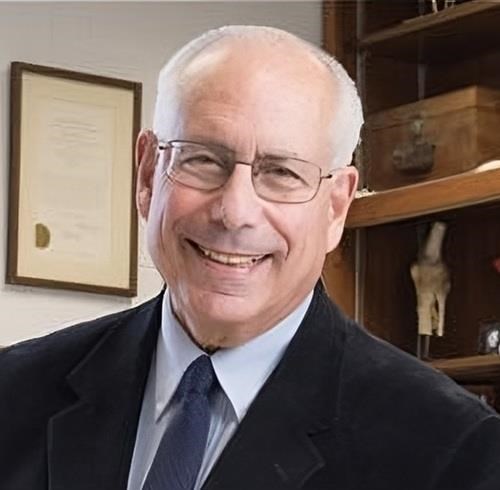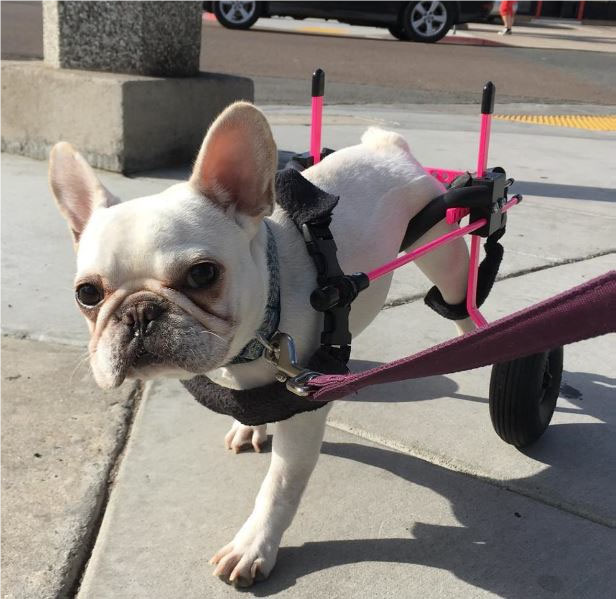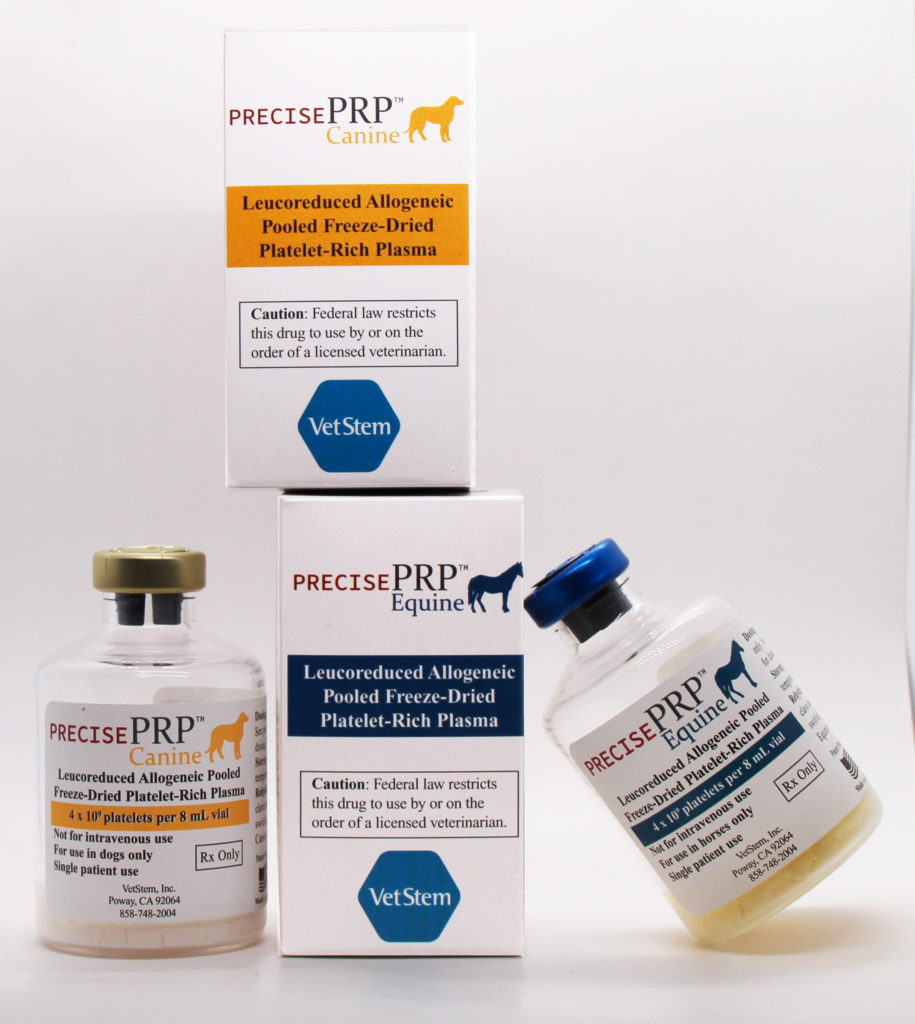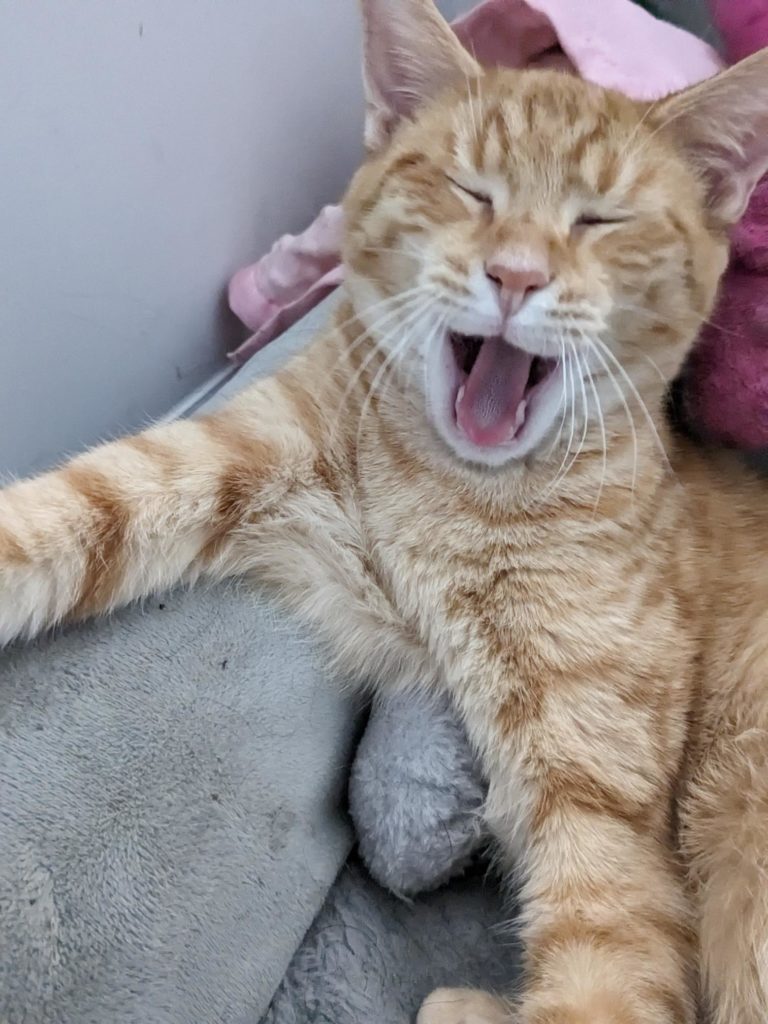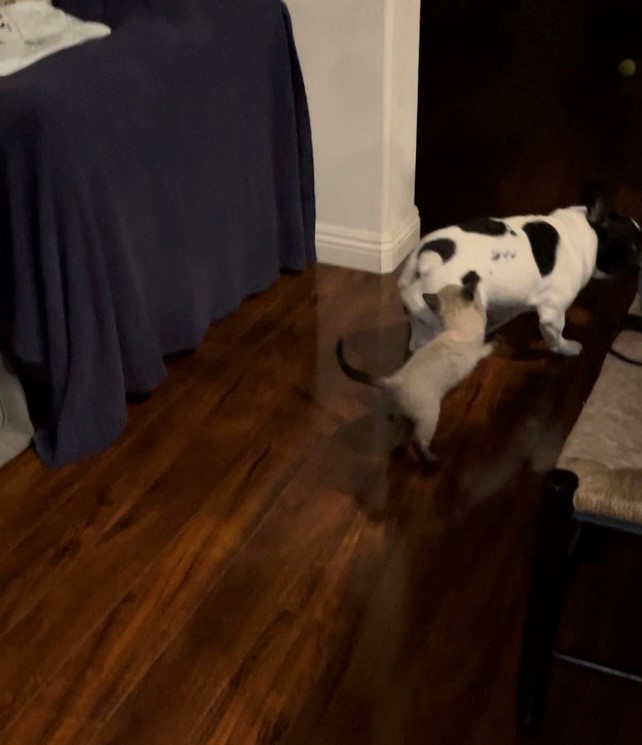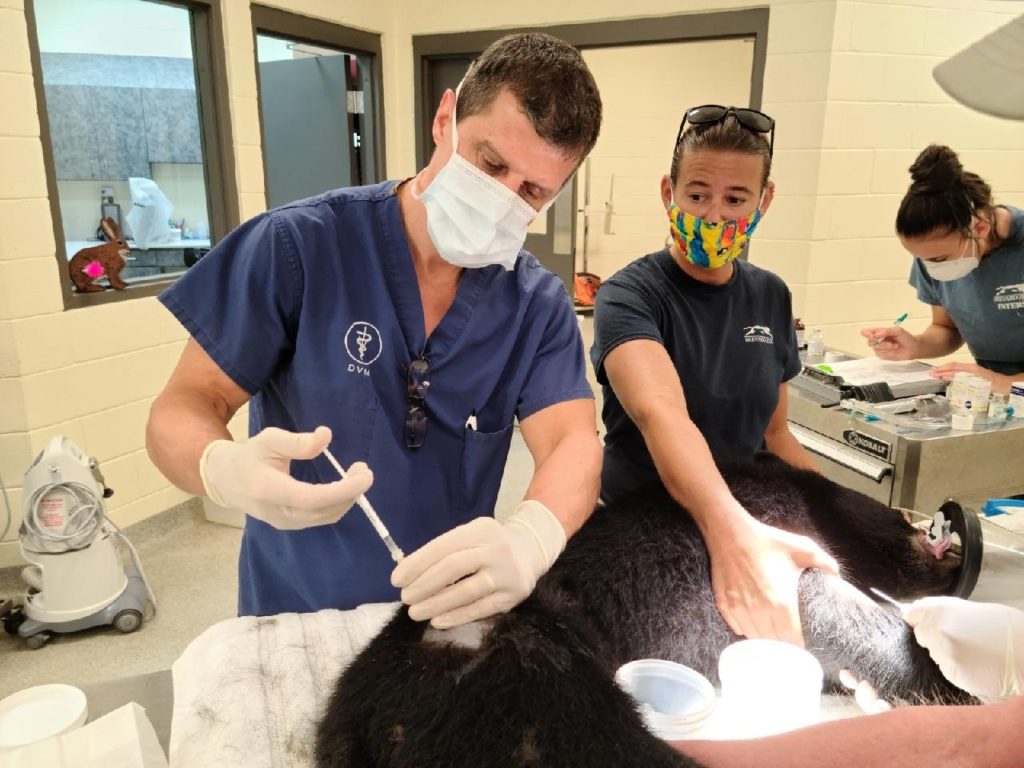StemInsure: The Stem Cell Insurance
As responsible pet owners, we often seek ways to safeguard the health and well-being of our canine companions throughout their lives. We vaccinate them as puppies and put them on high quality diets and supplements to keep them as healthy as possible. We invest in pet insurance to ensure they receive the best care possible. But what if there was another way to help insure your dog’s future?
The VetStem StemInsure is a cutting-edge service that harnesses the power of stem cells for potential future use. StemInsure allows pet owners to store a sample of their pet’s own stem cells while they are still healthy. This proactive approach holds the key to unlocking a myriad of health benefits and addressing potential challenges that may arise later in their lives.

Stem cells are the body’s natural healing cells. They can reduce inflammation, pain, and even lead to tissue regeneration. Storing these cells when your dog is young serves as a strategic investment in their future health. Young dogs typically possess a higher concentration of robust and healthy stem cells, making the preservation process more effective. This bank of youthful stem cells can be a valuable resource for addressing a wide range of health issues that may emerge as your dog ages, from joint problems to degenerative conditions.
Furthermore, the act of storing stem cells early in your dog’s life provides a unique opportunity to customize and personalize their healthcare journey. As each dog is an individual with its own genetic makeup and predispositions, having a bank of their own stem cells allows veterinarians to tailor treatment plans specifically to your furry friend. This targeted approach can lead to more effective outcomes, whether the need arises for regenerative therapy due to injury, surgery, or the management of chronic conditions.
Storing stem cells for your dog may help to ensure a healthier and happier life for your beloved pet. By securing this “stem cell insurance” while they are young, you are taking a proactive and personalized approach towards giving your dog the best possible chance at a vibrant and active life throughout the years.
Learn more about StemInsure on the VetStem website or watch a brief video here.


